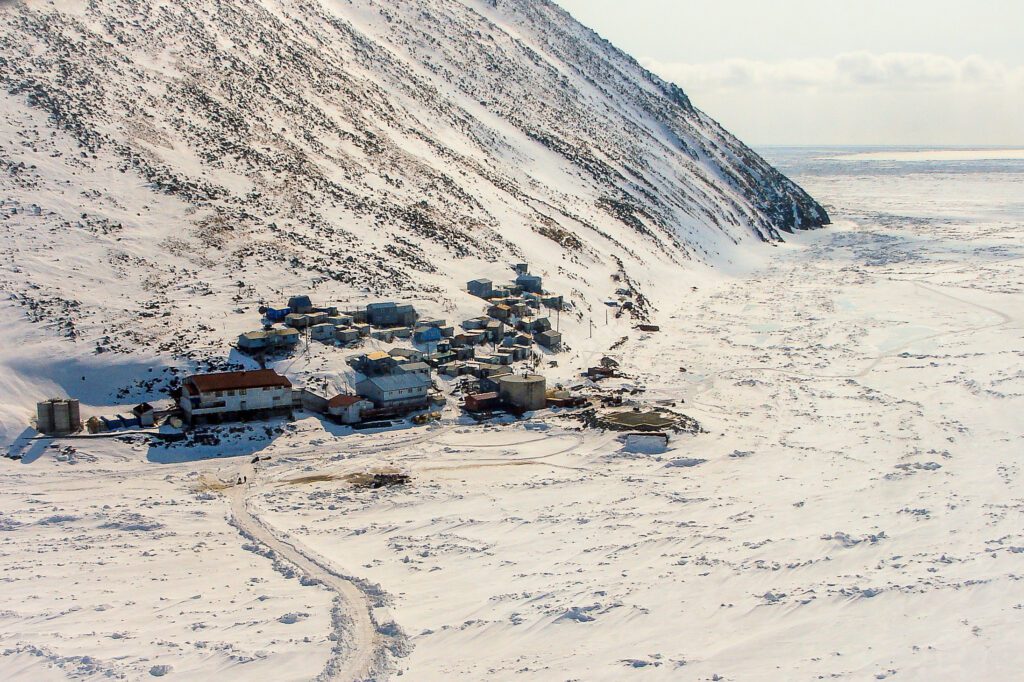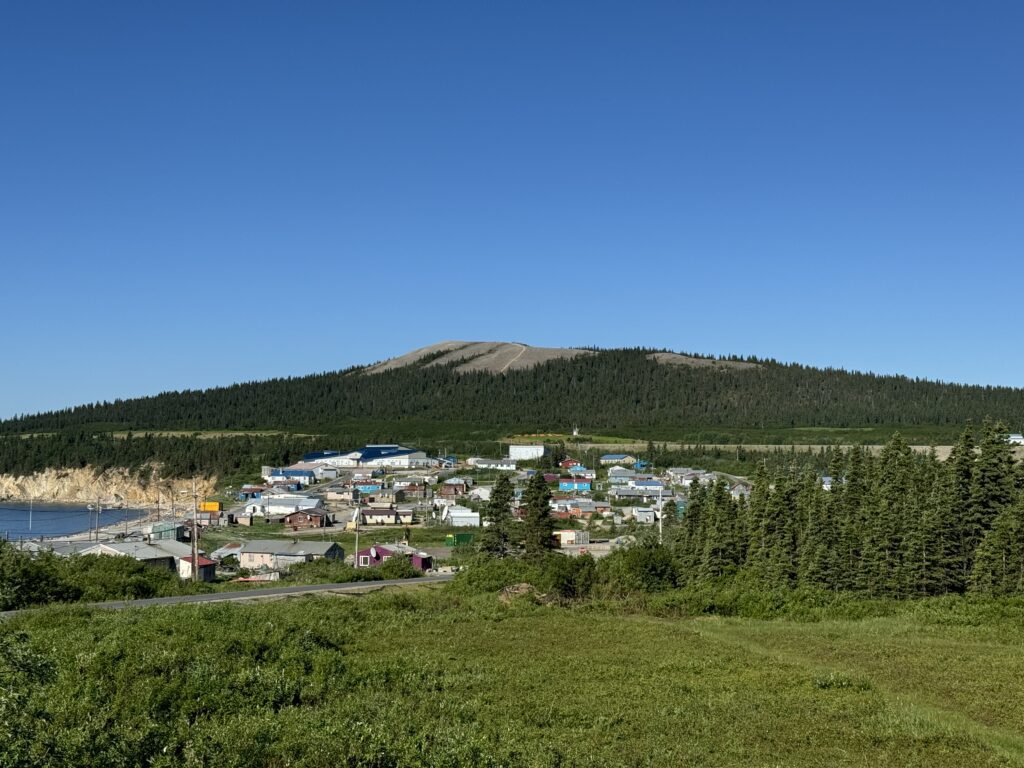A Russian icebreaker just completed the fastest transit of the Northern Sea Route. Along with setting the speed record, the icebreaker also completed the trip over a month after the shipping season usually ends in the Arctic.
The Northern Sea Route runs along Russia’s Arctic coast from the Barents Sea in the west to the Bering Strait in the east.
According to an article published by the Russian media outlet Port News, the Vaygach, a nuclear powered icebreaker, took just seven and a half days, or one hundred and eighty-five hours to be exact, to complete the trip.
It left from the Siberian side of the Bering Strait on December 17, covering over 2,200 nautical miles before reaching its destination in the White Sea on December 25.
Statistics from the past few years do show a handful of other transits taking less than eight days, so it’s not the speed that’s most impressive, but the time of year it took place.
According to statistics from the Northern Sea Route Information Office, the last three shipping seasons wrapped up in mid-November. The Vaygach started its trip in mid-December, completing the record-breaking journey on Christmas Day.
Walt Meier, a research scientist for NASA and co-author of NOAA’s 2015 Arctic Report Card on Sea Ice, says the successful transit is a sign of changing ice conditions in the Arctic.
“Doing it this late in the year is pretty unusual and is an indication that the ice is pretty thin,” Meier explains, adding, “they have confidence that they can get through without too much trouble.”
That confidence was showcased at an international Arctic forum in St. Petersburg in early December, where Russia’s deputy Prime Minister Dmitry Rogozin said the Northern Sea Route could soon be operational year round.
But despite the record transit and the proclaimed potential of the route, Andreas Østhagen, a senior fellow at the Arctic Institute, doesn’t think this is this start of an Arctic boom.
“I’m assuming that what they’re doing, and by ‘they,’ I mean the Russian authorities, is just highlighting the capabilities they have,” Østhagen said.
Those capabilities include the largest fleet of icebreakers in the world, with more than Norway, Canada, Denmark, and the U.S. combined. While Russia’s unmatched fleet allows them to offer more escorts and assistance along their Arctic coastline, it hasn’t exactly attracted more international traffic.
The number of vessels that traveled the full length of the route dropped from more than 70 in 2013 to less than 20 in 2015. The amount of cargo transported dropped even more dramatically: by about 97 percent in just two years.
So what can explain all this? Østhagen says, among other factors, the recent plunge in oil prices means the shorter route is just less attractive to international traffic.
“And then you have the incidents in Ukraine in 2014 naturally hampering the operational environment, maybe not directly, but at least indirectly,” Østhagen added. “The business climate for Russian collaboration in the Northern Sea Route was damaged to some extent.”
Despite persisting political tensions, there is one type of traffic that has been on the rise: destinational traffic, or “intra-transits,” as Østhagen describes them.
“When you look at the numbers for this year, I think it’s quite obvious that what is taking place in the northern sea route is intra-transits, so transits with a destination in the Northern Sea Route itself.”
Russia granted over seven-hundred permits for vessels traveling along the route, a number that has steadily risen over the past few years. The amount of cargo is also up, nearly doubling between 2013 and 2015.
So what’s next for the Northern Sea Route? While it’s hard to predict how the political climate may shift, NASA’s Meier said the changing climate in the Arctic is leading to thinner ice.
“And as the ice is thinner, it’s more easily blown by the winds as well, so it can more easily move away from the coast,” Meier explained.
With any luck — and the right winds — the Northern Sea Route will be back open for business in June.







